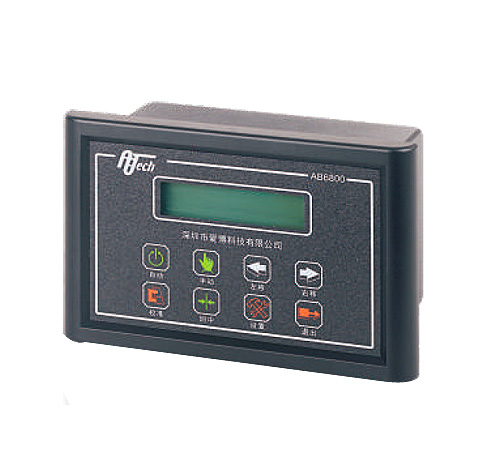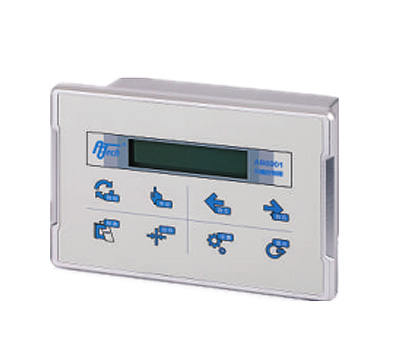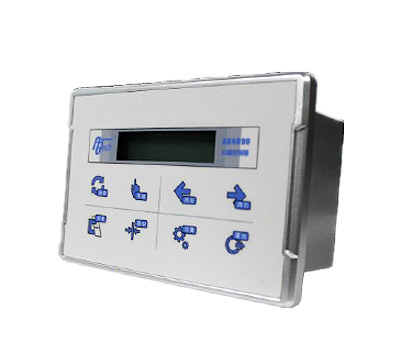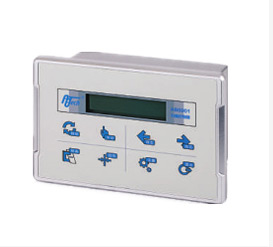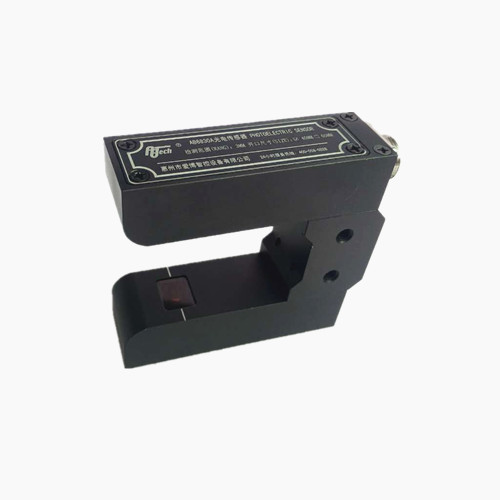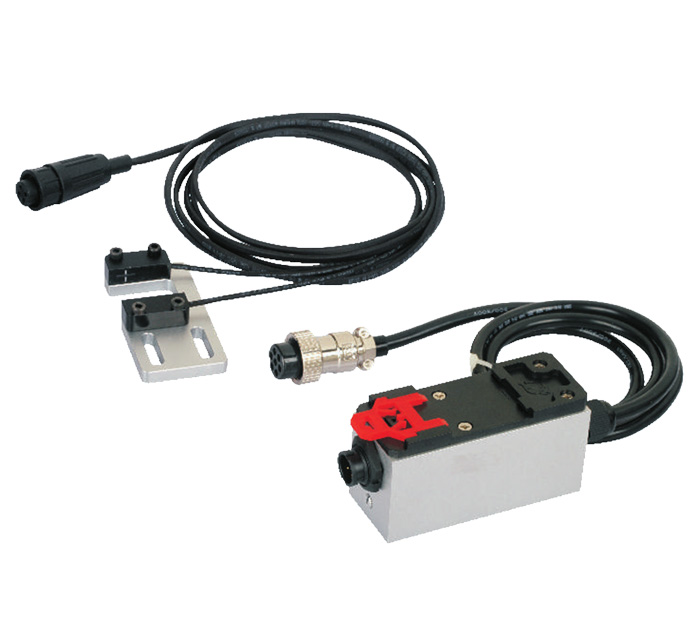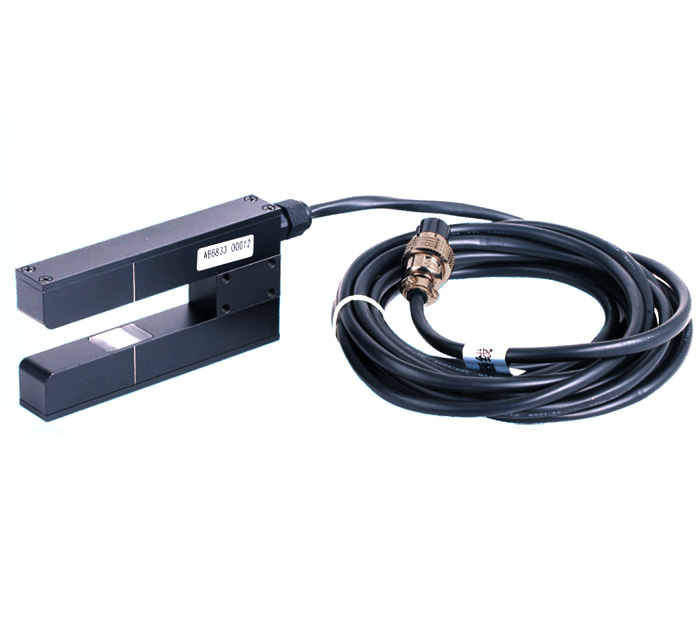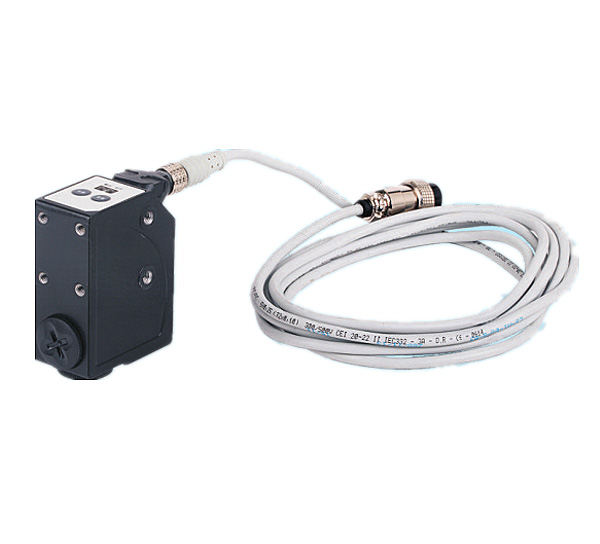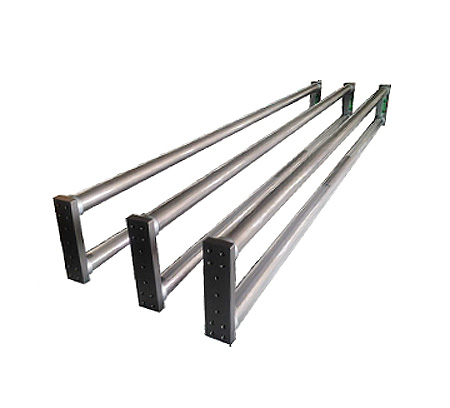-
Solenoid brake failure troubleshooting?
Solenoid brake troubleshooting methods? Electromagnet type brake is widely used in engineering machinery because of its convenient loading and unloading, good response performance, high reliability, and environmental protection.
Electromagnet brake contacts disconnect the inductive circuit, theoretically, the inductor current suddenly interrupted, the inductor will have a back-EMF at both ends, because the current rate of change is great, so the two ends of the inductor will tend to infinity Reverse voltage. When the arc is pulled to a certain distance and off, the contact disconnected.
Electromagnet type brake is the most important component of the inductor coil, an important feature of the inductor circuit is off instantly, in particular, will have a strong moment of breaking induced electromotive force. This electromotive force is usually several times the normal operating voltage to several hundred times.
Electromagnetic brake The external environment is also an important factor in the failure of the solenoid brake. For inductors, the choice of insulation and short-circuit prevention is the key, short circuit is usually the result of insulation damage, and thermal cycling is to reduce the life expectancy of the most important reason.
-
What are the characteristics of magnetic particle clutch?
1, magnetic particle clutch and brake is a superior performance of automatic control components.
2, with high linearity, high precision torque control.
3, the use of high temperature resistant coil alloy magnetic powder, long life, the connection is smooth, without the impact of magnetic powder clutch.
4, CNC precision manufacturing, high precision, processing fine, good linearity, superior performance.
5, powder of high purity, without black toner, stable performance, long service life.
6, Aluminum Alloy structure, with excellent cooling performance, good demagnetization, fast response speed.
7, running smoothly, in the start, running, braking state, no vibration, no shock, no noise.
8, torque and excitation current in the range of torque is proportional to, can be used as a linear adjusting element.
9, a constant output torque, because the torque size depends only on the value of the exciting current, regardless of speed and slip.
10, close to the frequent, fast response, high frequency, can reach 40-60 times per minute, can be widely used in fast working condition and high frequency occasions.
11, high power magnification, available small excitation current control large transmission power, easy to realize automatic control.
12, running smoothly, in the start, running, braking state, no vibration, no shock, no noise.
13, overload protection, in the case of torque overload, automatic slip differential operation to play the role of overload protection.
14, small size, light weight. Easy installation, long service life.
-
Magnetic flux leakage detection method for magnetic particle clutch?
Magnetic particle clutch - brake must have the necessary material in the magnetic powder (granular magnetic powder), the application field is very wide. But how to detect magnetic particles, is a lot of users have not been exposed. Magnetic particle inspection on the workpiece surface defect detection sensitivity is very high, however, such as the degree of the workpiece surface defect is higher, the detection sensitivity will quickly drop to zero. The principle of magnetic particle detection, when the material or workpiece is magnetized, if the surface of the workpiece or the surrounding surface cracks, cracks and other defects, they will appear in the magnetic leakage field. This magnetic particle will attract, gather the applied magnetic particles in the process of detection to form a display of defects.
In addition, after the parts are magnetic powder, and not all of the defects are able to produce leakage magnetic phenomenon. The relative position of the surface distance of MFL production and defect shape, and defects and lines, the material of the workpiece, the workpiece surface roughness also causes the magnetic leakage phenomenon. At the same time, these factors will affect or reduce the accuracy of magnetic particle testing. Magnetic particle clutch brake can also be combined with the factors of the review of magnetic particle testing whether magnetic leakage phenomenon, such as magnetic flux leakage will affect the performance of the magnetic particle clutch and torque.
-
What is the tension controller and its composition?
In the industrial control industry, in some of the ribbon and linear products, often need to control the tension to achieve production requirements, tension controller is to control the tension of a meter. The tension controller and so-called manual control function, generally refers to human can given a certain amount of tension controller output to the actuator (often current motor); general tension force controller with coil diameter calculation, generally used in coiling equipment, have the unrolling and rolling of another; taper adjustment function, can be directly set by the controller for the process of coiling taper.
A typical tension control system is mainly composed of a tension controller, tension reader, tension detector, magnetic powder brake and clutch structure. According to the ring can be divided into open loop, closed loop or free loop tension control system, according to the monitoring of different coil can be divided into ultrasonic type, floating roller type, tracking arm type, etc..
The stability of tension control is directly related to the quality of the product. If the tension is insufficient raw drift in operation, will appear after slitting and rewinding of finished paper wrinkling; if the tension is too large, raw materials and easy to be broken, the slitting and rewinding after finished paper were increased.

